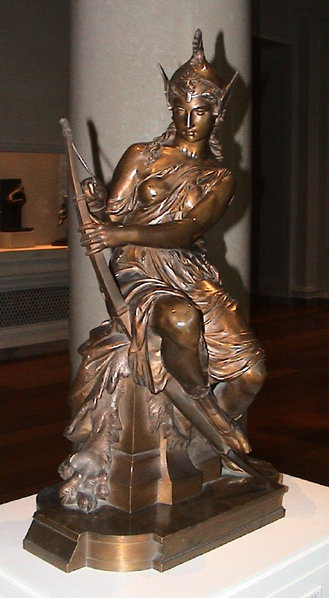These ships were a good blend of power and speed. The armour was almost twice as much as the Invincible, while being just as fast. A much better investment.

For over twenty years, these ships and a few light cruisers were the eyes of the fleet. As aircraft became better and more reliable, they took over the 'scouting' role. Much more effective, covering a lot more ground, faster. It was at this stage that these ships would be repurposed from scouts to escorts to the ships that now carried the scouts, aircraft carriers. In 1936 the two ships were taken in hand for a full rebuild into escorts for the large carriers in the Fleet.

The rebuild was comprehensive, deck armour replaced, new machinery of 100,000shp which with 25 years of advance ended up being smaller and lighter than the power plant removed. A lot of new superstructure was fitted to handle all the different types of command and control functions then available. Gun directors had come a long way, then were made even better with the addition of Radar control. The dual purpose armament of ten twin 4" BD mountings were very good AA weapons and any enemy destroyer that got too close would be 'hosed' with shells. BD stands for 'Below Deck'. 60% of the mounting shows on the deck while all the shell handling areas are in the area below the mounting. These mountings were especially useful for ships that had been fitted with single 6" battery guns as the space they had occupied had shell hoists and handling areas that the new mountings could make use of. 2 pounder and 20mm were the light AA armament for close range work.
Being tied to the large carriers led to a fairly boring war 1939-41. Murovia had sent a Fleet to aid in the recapture of the Falkland Islands and the reduction of the Argentinian Fleet to matchwood. Murovia was very happy to participate in this phase of the war. The Argentinians had proved nasty neighbours and the Amazons were happy to have a final resolution to Argentina.
The main activity for Andromache and its carrier group was in the Pacific where they had to track down and sink the Germanic States Battleraiders and the converted merchantmen used to prey on the trade routes. The Pacific and Indian Oceans were much slower to institute the Convoy system as the escorts required were not available. Those ships had gone to the Atlantic and Mediterranean and new ships would arrive but not in time to save a lot of fine shipping lost to the German Raiders. Those raiders were tough, being converted Battleships and new built Battlecruisers that still needed a modern battleship and/or aircraft carriers to sink them (see Kaiser and Hipper).
It was Japans entry into the war in December 1941 that gave employment to the Murovian Empire ships and squadrons scattered all over the Pacific and Indian Oceans. It would take time to centralise the fleet into an entity that could be used, with the US Navy, against the Japanese. Until that happened, single ships or small groups, would be thrown in front of the advancing Japanese forces to try to slow them down to allow a concentration of power to defeat them. ABDA and the Java Sea Battle, the firefights around the Solomon Islands, all had ships from Murovia involved. Some were lost learning that in the Long Lance 24" torpedo the Japanese had something far superior to anything in the Allied armouries.
It was during the Solomon Islands campaign that the Andromache was lost. The Andromache was detached from the main Fleet to become Flagship to the cruiser squadron guarding the sea lane (The Slot) against the Japanese light forces trying to escort merchantmen carrying reinforcements to Guadalcanal. The Andromache Task Force intercepted one of these groups only to find that the Japanese had gone one better by adding a Kongo Class battlecruiser to the escort. While Andromache did not disgrace itself, and used its radar to good effect in hitting the Kongo multiple times, it was the three hits by 24" torpedoes that gave the Andromache terminal damage.
